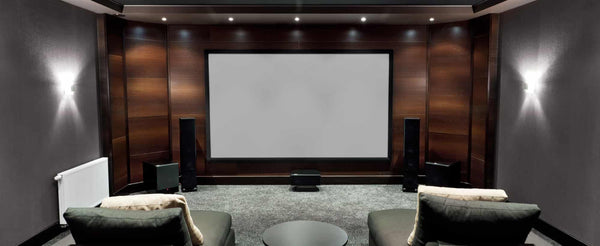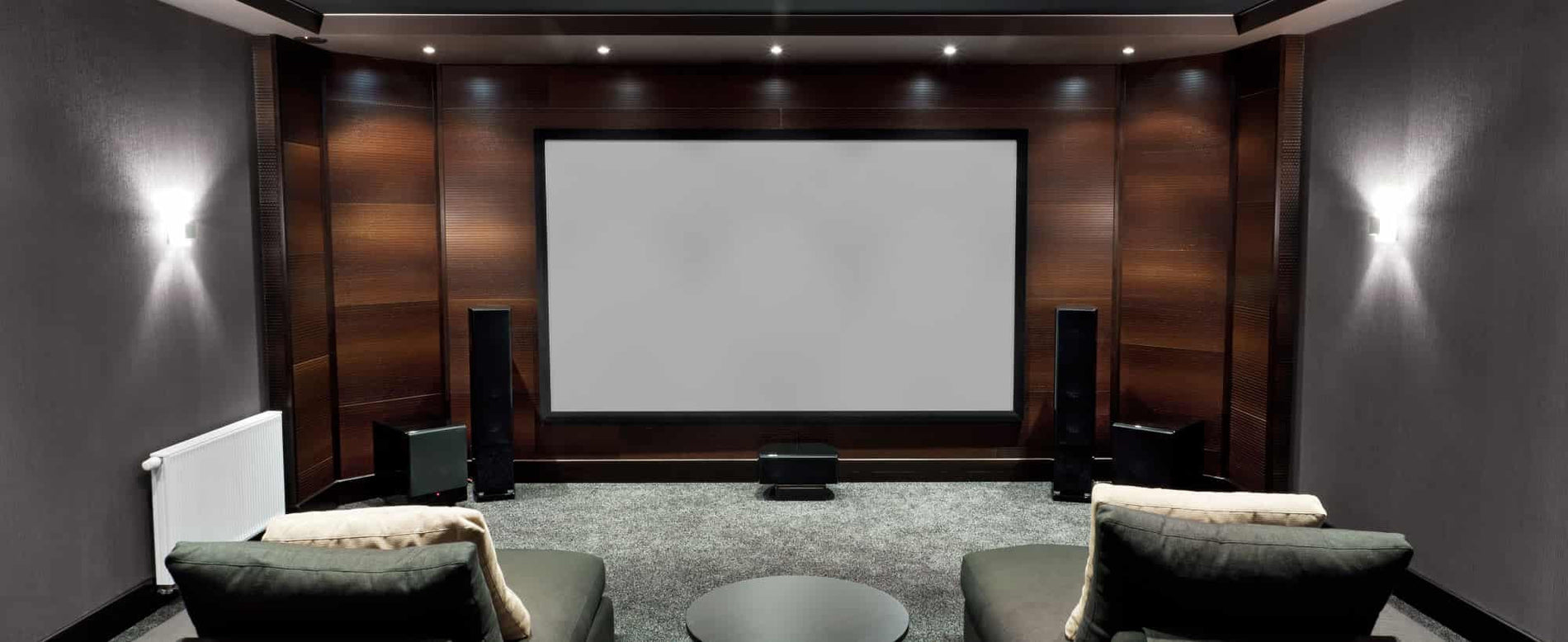
You may have seen many images of beautifully designed home theater solutions on the Ooberpad website. We’re sure they give you plenty of ideas to design your very own personalised space and catch up on your list of movies.
With newer and cost-effective options, the idea of having your own home theater is getting even more accessible. After meticulous planning and research, you may have set up your own basic home theater in your living room or a spare room. However, due to lack of knowledge and inexperience, you may not be using your setup to it’s fullest capability.
We at Ooberpad have leveraged our knowledge and experience these basic tips to help you get more out of your home theater setup. Read more to learn these valuable tips.
Choose the right space
Make sure the space you choose is free from obstructions that can hamper your view. Opt for a rectangular space with a screen on one of the short walls (out of the 4 wall available). Aim to use the length of the rectangular space to your advantage. Smaller square-type rooms could lead to poor viewing angles and phase cancellation issues.
A good rule is to have fewer windows in the room as they let in light and reflect sound leading to poor performance. For rooms with big windows, use heavy curtains, drapes or blinds of darker hues to control inlet of light. Minimize reflective surfaces such as photo frames, glass panels. Other helpful reinforcements are carpeted floors, rugs, acoustic panels, padding, and insulation.Screen size plays a key role
A good screen is a major prerequisite for home theater setups. Ideally, a specially designed home theater video projector with a dedicated projector screen is one of the best combination. If projectors are not an option, a good HD television should suffice. Don’t place the screen too close or too far from the viewer. Screen placement depends heavily on the sitting position of the viewer. The optimal viewing distance is roughly 1.5 to 2.5 times the diagonal width of the screen.Get serious about sound
Skimping on sound reinforcement is a cardinal sin in home theater design. Invest in a smart sound system with a good AV receiver for an immersive home theater experience. Remember, your regular stereo speaker may not live up to your expectations. Do your research before buying your speaker system. Furthermore, spending on acoustic treatment or sound-proofing adds immensely to the aural experience. Follow instructions provided in your surround system manual for speaker placement and calibration. We cannot stress enough on the importance of a good home theater sound system.Get comfortable seating
Comfortable seating accentuates the home theater experience. Ideally, recliners and lounge chairs work well. However, you can also opt for a plump or heavily-cushioned leather sofa work well too. Avoid seating arrangements that force users to sit upright as they may hamper visibility and become obtrusive.Get some mood lighting

You may have blocked out all-natural light coming via windows opening. However, you need some basic light to conduct regular functions and for general accessibility. Ideally, overhead lights, dimmers, and lighting controllers can help you create a cozy theater-like ambiance. If budget is a constraint, you can mimic a similar setting by opting for cost-effective and easily available smart LED bulbs that give you color and dimming control via your smartphone. Isn’t that a good hack?We hope you like these easy tips that can help you get an enviable Home Theater system. Here’s to your dream setup!










